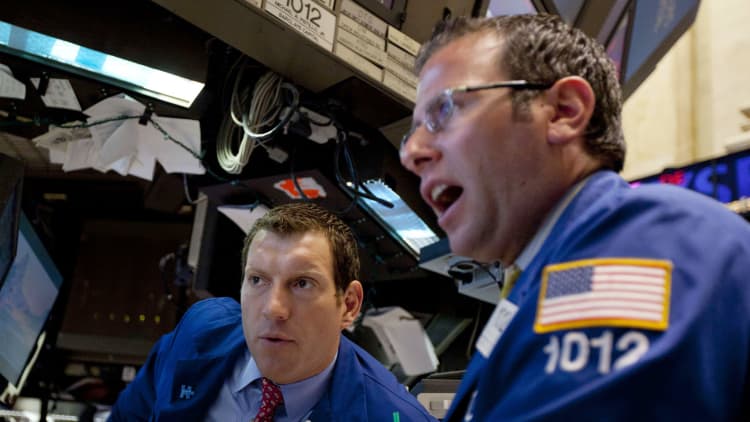
The yield curve hit its flattest level in more than a decade this week, contributing to the Dow plunging more than 800 points on Tuesday. A flattening yield curve is traditionally viewed as a sign of slowing economic growth, which could signal a recession is near.
Here's what three experts say could happen next:
· Leuthold Group chief investment strategist James Paulsen has one big question. "If the economy does slow," he asks, "does it stop the inflation progression?" It's a question that may give market bulls pause heading into the final weeks of the year. "The path for the bull is getting really narrow because you could fall off on too weak or too fast [growth] here." But it's not all doom and gloom, as Paulsen says a great opportunity to get into the market could be on the horizon. If inflation pressure slows down, "maybe we scare everybody — 'a recession's coming' — and that might be a great buying opportunity for one more run."
· Bleakley Advisory Group chief investment officer Peter Boockvar puts the Fed in the spotlight. "Just as the Fed picked up their rate hike pace from one per year to three per year in the beginning of 2017, we started to see the inversion," says Boockvar. He also notes that 80% of the rate hike cycles dating back to World War II have pushed the U.S. economy into a recession. But what is it about the U.S. economy that makes it vulnerable to these hikes? "We are a credit-sensitive, credit-dependent economy, so if the cost of capital goes up, it's naturally going to slow growth."
· Bank of America CEO Brian T. Moynihan has what he calls a "half full, half empty view" of the situation. "We feel very good about the U.S. economy. The prediction is we'll slow a little bit, but underneath that is a strong growth rate that we feel very strong about," says Moynihan. "Unemployment, wage growth, all the factors are very strong, including small business enthusiasm." Moynihan does note that the yield curve is good at predicting recessions, but questions whether the relationship is one of causation or the result of outcomes based on Fed rate hikes. Regardless, he remains optimistic, saying, "The reality is — what you're seeing underneath is a prediction that next year's economy is going to grow."
Bottom Line: The flattening and potential inversion of the yield curve probably indicates an economic slowdown, but there are still indicators of continued growth ahead. Investors should take a wait-and-see approach.





